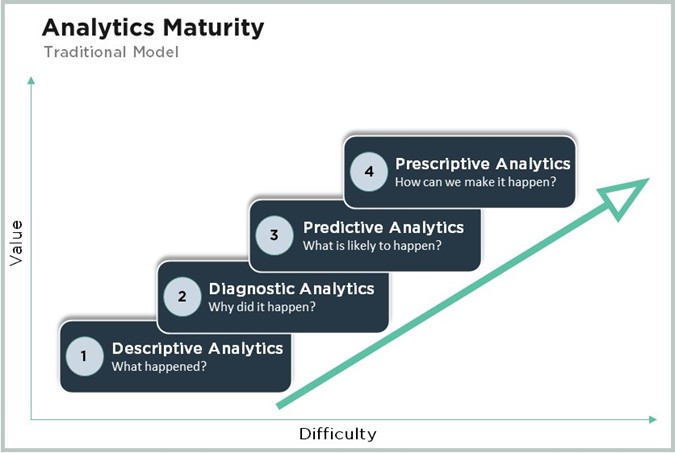Since private equity firms like New Harbor are usually the first institutional partner for an entrepreneur or founder, a recurring theme of our investment management plan is to evolve the organization to be more data-driven. Translating the intuition and experience of a founder partner into data-informed decisions facilitates accelerated scaling and unequivocally yields better and more consistent results. Investors across the financial ecosystem look to data for validation of what has happened and insights into what the future holds. The more a business can begin to translate its performance into easily defined metrics that predict future success, the more the next group of investors will value the business.
However, the importance of creating clean and useful data is not merely about generating the best financial returns. Data can demonstrate how durable the business trends are, how important that business is in its respective sector, and can show investor conviction in the potential for the business to thrive. Being data-driven can certainly help prove that an investment is operating efficiently; however, the true value of a data-driven strategy is more fundamental than that. Using the right data in your company’s daily management and operations will enable you to deliver a better service or product to your customers. This is fundamental to getting your business to the next level. As you continue to invest in the business with your private equity partner and grow three or four times beyond the scale you are at today, your continued ability to successfully manage the business becomes reliant on good data management.
As much as it’s prioritized, the transition to becoming more data-driven is often the hardest part of a private equity partner’s value creation plan. Data is inherently messy and overwhelming! Systems are often insufficient or new, processes typically do not capture everything, and habits and behavior are very hard to change. It’s easy to feel trapped between not having the right data, yet feeling overwhelmed by the amount of data you have, or what your private equity partner is asking for! What is the best balance, what level of data is your private equity partner looking for, and most importantly, what data should you be using in your day-to-day business operations?
To understand what data is most important, you must first understand the story you are trying to tell. Once you calibrate data for a specific audience and purpose, you can instill an ownership mindset of data across your whole business. While it will contribute to the investment story, it also leads to better performance and happier customers.
The first concept for data is to keep it simple. Distilling your business down to just a few key metrics is hard - but critical to successfully communicating the story and understanding where the business is headed.
A simple framework to think about data is based on different Tiers:
- Tier 1: This is the data that is the most valuable. It is the handful of critical pieces of information that tell your story and show business performance. This data is typically the core unit economics of the business, often consolidated to a higher level, and trended over time. This data is what drives economic performance in the business. It is often summarized for weekly discussions, board meetings, and investor communications with a private equity partner (current or future).
- Tier 2: This data is more granular as you seek to understand trends and patterns in the business. It is data that is often used by your leadership team to actively manage and monitor the business; data that is used to make decisions, evaluate business performance, and drill down from the “big-picture” trends described by Tier 1 data. At times, Tier 2 data can be important to translate to the outward-facing, Tier 1 data used in communications with boards and investors.
- Tier 3: This is the long-tail, or the 90% of the “data iceberg” that is below the water. This data should be specific to managers, employees, and functional areas of the business so that they can use it in their daily decision-making and measurement of success. These data points need to feed up into the next two Tiers. The more the entire organization is tied to the big picture and driving towards the same results in a coordinated way, the more successful the company will be in attaining its goals.
The end goal as you quantify and use data in your daily operations, as well as in your communications with your private equity partner and board, is to move up the data maturity pathway outlined below. As you move up and to the right, your business’ value will increase dramatically.
Most importantly, your “data story” should be written by the time you prepare to exit and sell your company. Data-driven evidence of growth and value should be built into the very operations of your business. For founders and investors, this yields the greatest return and is also what provides a durable and lasting legacy for a business to be a leader in its space for decades to come.
Share this post with your networks via the buttons below!
Questions? Reach out to us at info@newharborcap.com today.

